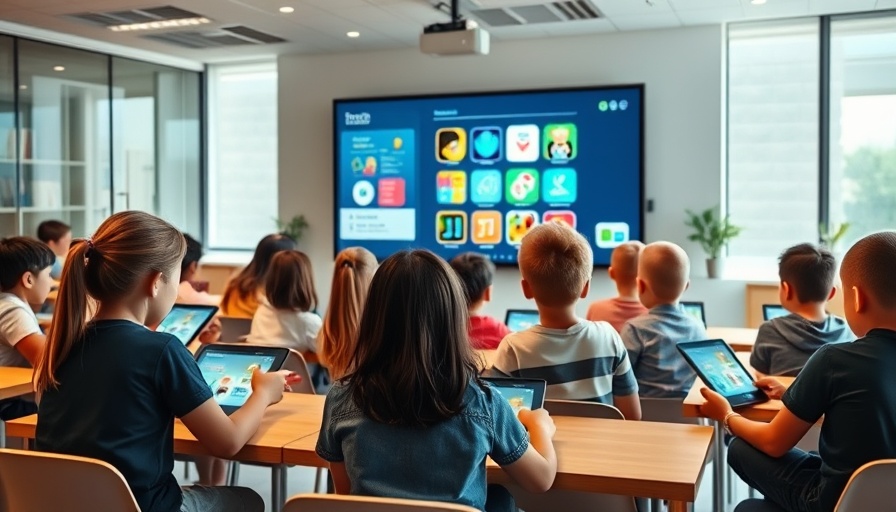
Unlocking Language Learning in 2025: The Best Apps for Your Kids
In an increasingly interconnected world, mastering a new language has never been more essential, especially for children. As parents, choosing the right tools to aid in our children's language learning journey can significantly impact their engagement and success. With technology at our fingertips, apps have emerged as an effective alternative to traditional methods. Here are the best language learning apps for 2025, selected based on their unique features, user engagement, and educational value.
Engaging Language Learning with Duolingo
Duolingo continues to be the top contender for young learners, offering a gamified experience that keeps kids motivated. With over 40 languages available, its visually appealing interface allows children to navigate through fun mini-games that teach vocabulary and grammar in an enjoyable way. Parents will appreciate Duolingo's idea of building streaks to encourage consistency. However, some user complaints about unclear pricing structures for premium features highlight the importance of reviewing app details before diving in.
Babbel: The Classroom Experience
Babbel stands out as an app that mimics a traditional classroom environment. It offers structured lessons that delve into vocabulary, grammar, and cultural nuances, making it ideal for parents who prioritize a comprehensive learning experience. However, it is worth noting that Babbel is subscription-based, requiring a payment to access the complete course material. This might discourage some users, but its value in teaching a language formally often outweighs the cost.
Visual Learning Reinvented with Drops
Drops is uniquely designed for visual learners, combining language instruction with appealing graphics and images. It supports over 50 languages and appeals to younger audiences with its vibrant colors and engaging visuals. The downside, however, is the 10-hour wait time required between lessons in the free version, a feature that may test the patience of eager young learners.
Mondly: Integrating Technology and Conversations
Mondly earns accolades for its advanced technology that incorporates VR and AR into its lessons, enhancing students' experiences with immersive environments. This app focuses on teaching practical conversational phrases, making it a suitable choice for learners who want to communicate in real-life scenarios. The ability to use visual cues alongside audio aids helps reinforce learning in a way that engages different senses.
Expanding Vocabulary with Memrise
Memrise takes a unique approach by incorporating videos featuring native speakers, allowing children to hear different accents and expressions. This application is especially valuable for learning pronunciation and conversational nuances. Memrise's video submissions by users foster a community-like atmosphere, enriching the learning experience. However, some parents might find its premium subscription to be on the pricier side. Nonetheless, for those interested in immersing their kids in authentic language use, it could be worth the investment.
Interactive Learning with Busuu
Busuu allows users to set study goals and receive feedback from native speakers. This peer review system is particularly beneficial for children seeking to build confidence in their language skills. With structured courses tailored to various levels, Busuu can provide the right balance of challenge and support. Like many other apps, it does require a premium subscription to unlock all lessons, which is a common consideration across many educational apps today.
Conclusion: Foster a Love of Languages
In conclusion, choosing the right language learning app for your children can significantly enhance their educational journey. Tools like Duolingo, Babbel, Drops, and others present valuable options that cater to diverse learning styles and preferences. As language learning continues to evolve in 2025, incorporating these innovative apps into your children's learning routine can foster not just skills but a lifelong love for languages. Let’s encourage our kids to explore the world through language!
 Add Row
Add Row  Add
Add 




Write A Comment